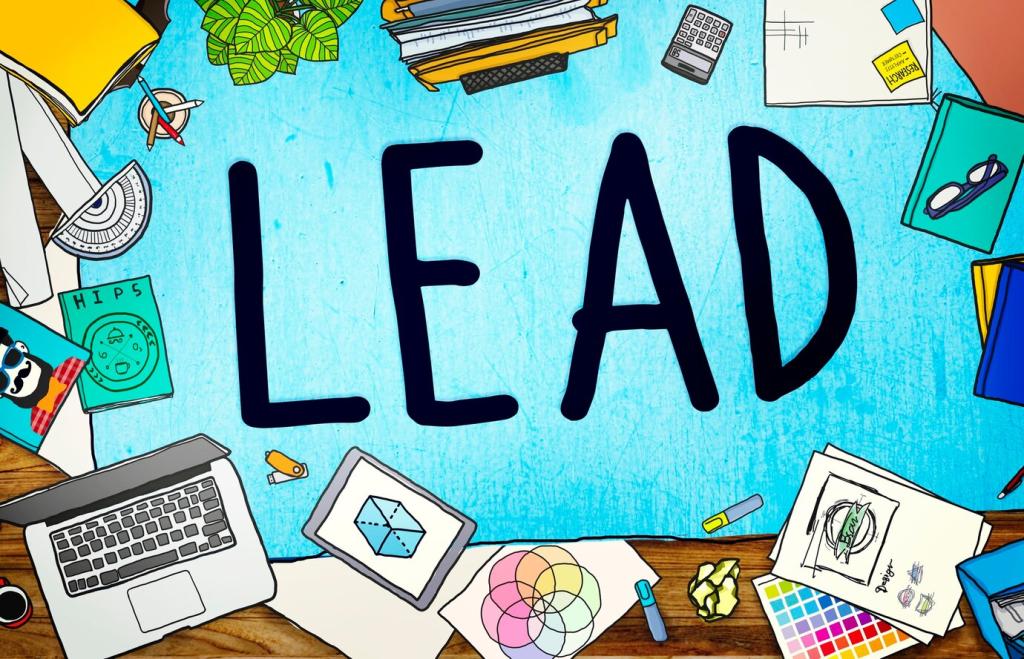Close feedback loops fast and visibly
Administer short scales about layout problem-solving, responsive debugging, a11y confidence, and client communication. Compare pre/post means and calculate effect sizes. When one module underperformed, we swapped its video for an interactive sandbox, and confidence rebounded dramatically.
Close feedback loops fast and visibly
Hold fifteen-minute interviews focusing on sticking points, not just feelings. Ask, ‘Where did you hesitate?’ and ‘What would your client say?’ Leo, an instructor, discovered tutorials buried the lede; restructuring increased first-try success by thirty percent.







